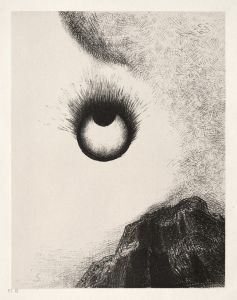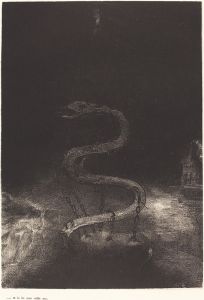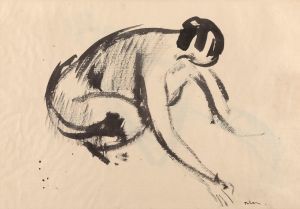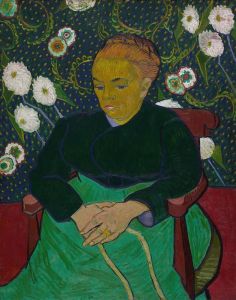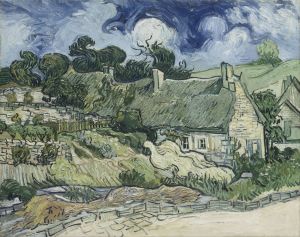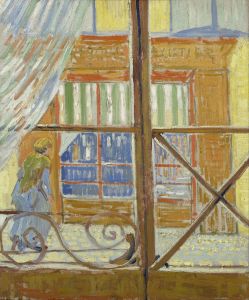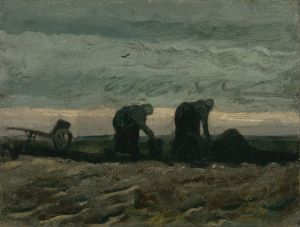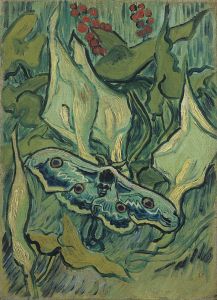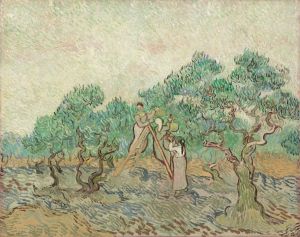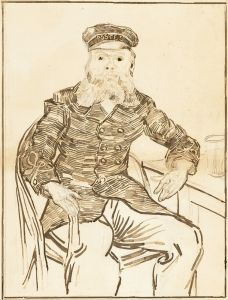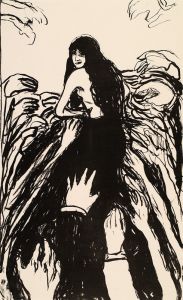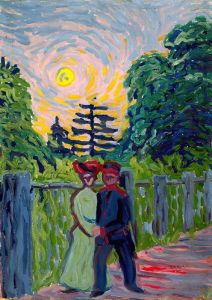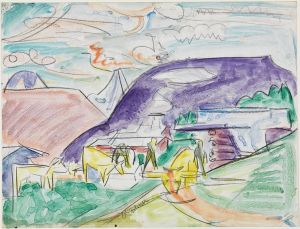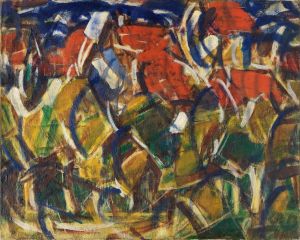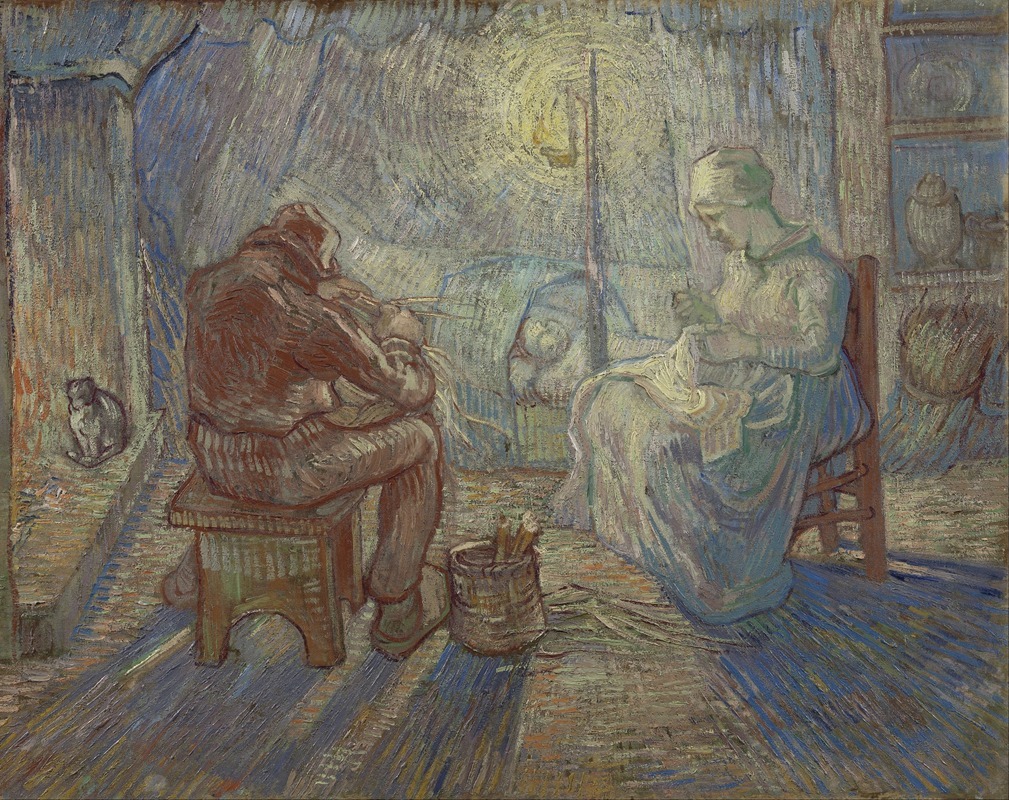
Night
A hand-painted replica of Vincent van Gogh’s masterpiece Night, meticulously crafted by professional artists to capture the true essence of the original. Each piece is created with museum-quality canvas and rare mineral pigments, carefully painted by experienced artists with delicate brushstrokes and rich, layered colors to perfectly recreate the texture of the original artwork. Unlike machine-printed reproductions, this hand-painted version brings the painting to life, infused with the artist’s emotions and skill in every stroke. Whether for personal collection or home decoration, it instantly elevates the artistic atmosphere of any space.
Vincent van Gogh, a Dutch post-impressionist painter, is renowned for his vivid and emotive use of color and expressive brushwork. Among his extensive body of work, the theme of night and the depiction of the evening sky are recurrent subjects. However, there is no specific painting titled "Night" by Vincent van Gogh. Instead, he created several notable works that explore nocturnal themes, the most famous being "The Starry Night."
"The Starry Night," painted in June 1889, is perhaps Van Gogh's most iconic night scene. It was created during his stay at the asylum of Saint-Paul-de-Mausole in Saint-Rémy-de-Provence, France, where he voluntarily admitted himself following a series of mental health crises. This painting captures the view from the east-facing window of his asylum room, although it is an imaginative interpretation rather than a literal representation.
In "The Starry Night," Van Gogh employs swirling, dynamic forms to depict the night sky, filled with bright stars and a luminous crescent moon. The swirling patterns of the sky are contrasted with the calmness of the village below, which is painted in darker, muted tones. The cypress tree in the foreground reaches up towards the sky, creating a sense of connection between the earth and the heavens. This painting is celebrated for its emotional intensity and innovative use of color and form, which convey a sense of movement and turbulence.
Van Gogh's fascination with the night is evident in other works as well, such as "Starry Night Over the Rhône," painted in September 1888. This painting depicts the reflections of stars and gaslights shimmering on the Rhône River in Arles, France. The composition highlights Van Gogh's interest in the effects of light and color, as well as his ability to capture the beauty and tranquility of the night.
Another significant nocturnal work is "Café Terrace at Night," also painted in 1888. This piece portrays a brightly lit café in Arles, with patrons sitting under the glow of gas lamps. The starry sky above contrasts with the warm, inviting light of the café, creating a lively and atmospheric scene. Van Gogh's use of complementary colors and bold outlines in this painting exemplifies his distinctive style and his ability to convey mood and ambiance.
Van Gogh's exploration of night scenes reflects his interest in capturing the emotional and spiritual aspects of the natural world. His night paintings are characterized by their vibrant colors, expressive brushwork, and the ability to evoke a sense of wonder and introspection. These works have had a profound impact on the art world and continue to be celebrated for their originality and emotional depth.
In summary, while there is no specific painting by Vincent van Gogh titled "Night," his body of work includes several significant nocturnal scenes that have become iconic in the history of art. These paintings, including "The Starry Night," "Starry Night Over the Rhône," and "Café Terrace at Night," showcase Van Gogh's unique ability to capture the beauty and emotion of the night through his innovative use of color and form.





